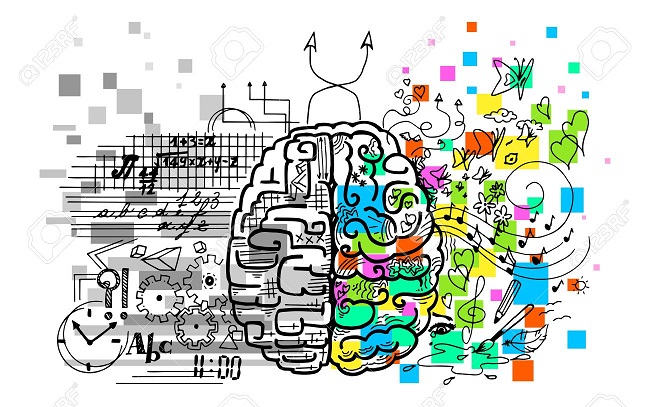Decathlon: Science or Art?

The great tension
Decathlon is a sport that many track coaches intentionally walk around and choose not to mess with, knowing that it is not just a combination of ten track and field disciplines but it’s a lifetime commitment. You are either all in or all out. On top of that, the decathlon is far from being totally understood in the sports performance research world. There are not that many clear answers what, how to, when, how much and why regards to decathlon training methodology. Not to discredit other events of track and field that are also in development and require much time and energy investment to become good at them, however, the decathlon is “that times ten”.
How to figure out this "tension relationship" between so many variables in order to collect the most possible points as an end result of the decathlon? My answer is: I don’t know. However, I do know that there is a clear tension between science and art of decathlon. And much wisdom can be drawn from this tension. In this article, I will shortly attempt to unpack these two.
The case for science
As I mentioned in the previous article, the decathlon is a sport of various running, jumping and throwing. Undeniably, certain scientific models apply to all of these movement types. As a simple example, all jumps are limited by the force of gravity on Earth. Sports science attempts to figure out how to best “cheat” the laws of nature and use human biomechanics to the advantage of the movements required in the decathlon.
We know that good strength and conditioning program is necessary to build a good decathlete. We know that track and field is a sport of nerve and muscle connection that requires certain sequencing of muscle contractions to make smooth and effective movements. We know that plyometric training works for track and field athletes as it teaches our reflex arches to respond quickly and efficiently. We know that we need to build a base in the offseason in order to endure a long and hard competition season. We know that our bodies need to recover after hard training to reach super-compensation and gain cumulative training adaptations. Where did we take it from? From science.
Yes, a lot of it initially was “trial and error” approach. We tried things, watched what works, what is junk, and made conclusions. However, to validate our conclusions, we looked into science and gained approval and confidence that we are on the right path.
For the last hundred years we have been trying to draw some sense from basic anatomy, biomechanics, exercises physiology, exercise neurophysiology, sports nutrition, sports psychology and many other scientific fields to improve the sport of track and field, including the decathlon.
The question is how do we decide how much attention needs to be paid for each of the scientific areas in order to build the best possible decathletes? That is where the scientific theory keeps quiet. By itself, it is incompetent to bring practical wisdom to the table.
The case for art
Good decathlon coach knows that it is not enough to have all the facts collected about the best coaching methods. You also have to become a decathlon artist.
In art, you have to rely on your senses, imagination, and intuition, rather than purely factual information. Beethoven would have never written the 9th symphony by simply collecting information about different kinds of musical symbols, and then doing a statistical analysis on probabilities where the symbols would fit the best in order to produce a beautiful piece of art. It sounds ridiculous! That is precisely why art has an invaluable place in sport and coaching.
The truth is that most decathletes in the world do almost the same things in training.
The questions of importance are: when, how much and how frequently? That is where art comes into play. There are different approaches to get to the top. No excellent decathlon artists do it exactly the same way. Usually, decathlon coaches seek for all-around talents, then develop them in all aspects, as well as seek to magnify their strengths while minimizing their weaknesses.
So many variables are in place when you are dealing with a developing decathlete. There is absolutely no way to succeed without the power of creativity and imagination. It also requires an art of communication and trust between an athlete and the coach.
A coach can spend years of developing “a perfect plan” of precisely periodized and tapered training module for athletes to hit their best shape in the most important competitions. However, in the real world set up, often “life happens” and things need to be pushed around a little, sometimes a lot. Improvisation and modification need to take place. That’s an art. It means being flexible and sensitive enough to deal with chaos.
Take away lesson
Decathlon has no base if you refuse to learn from sports science to understand the basic laws and theories about movement on the biomechanical, physiological and psychological levels.
Decathlon lacks its glory if you dismiss the importance of art in it. Art is what adds the mysterious passion of the human heart to this game of 10 unique disciplines. Imagination is the part that captivates the minds of spectators through each little story of the decathlon.
I hope by now you can appreciate that the decathlon is both: science and art. They both are complementary tools that create practical wisdom. This wisdom can be used to discern what, when and how much for any given circumstance.





Comments